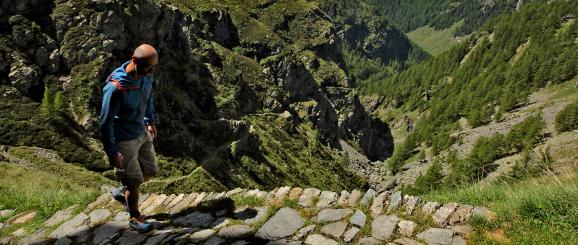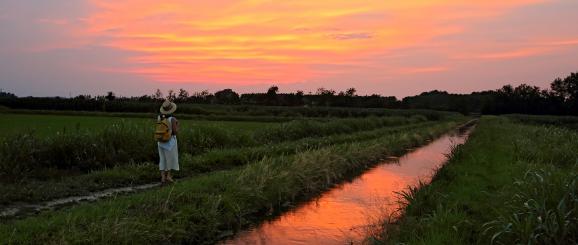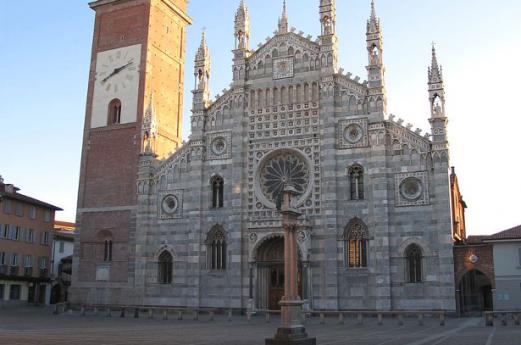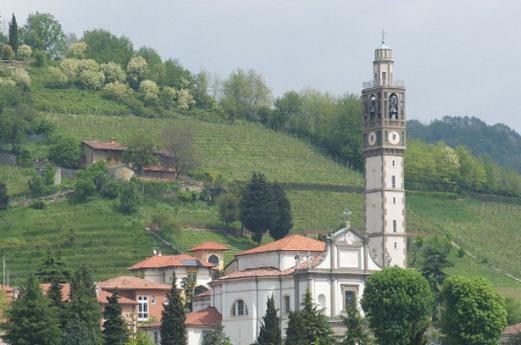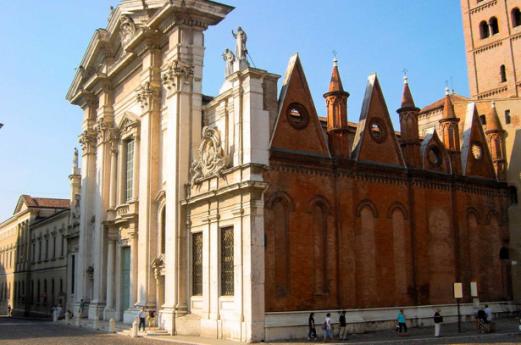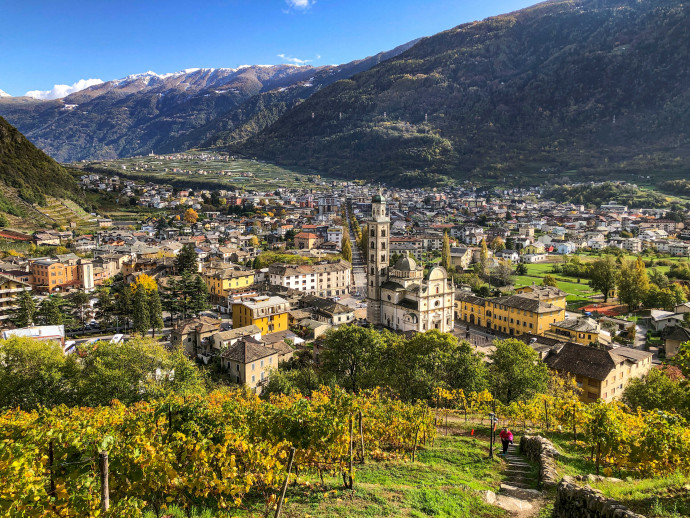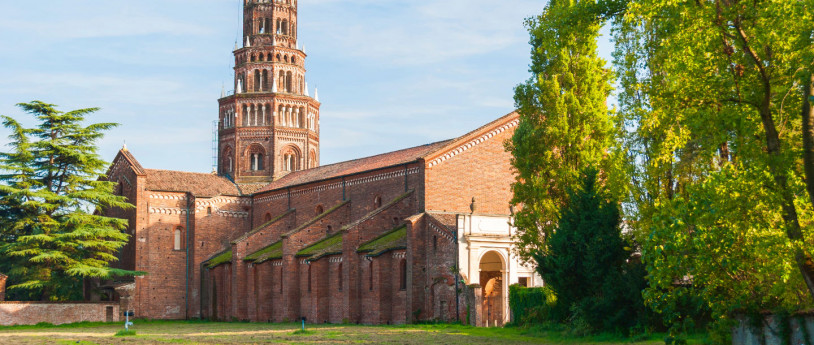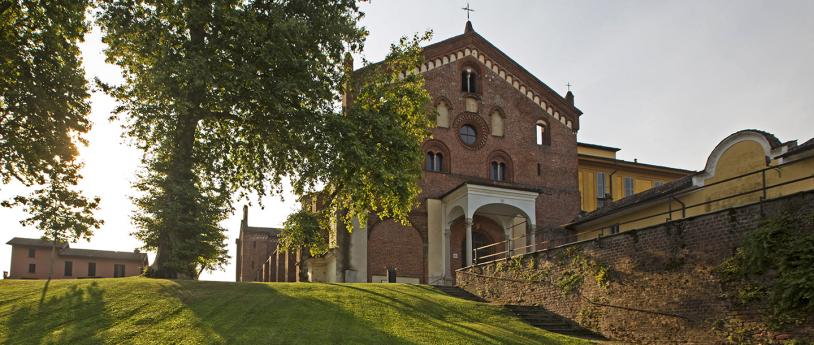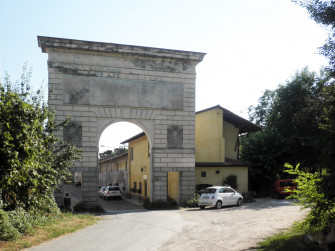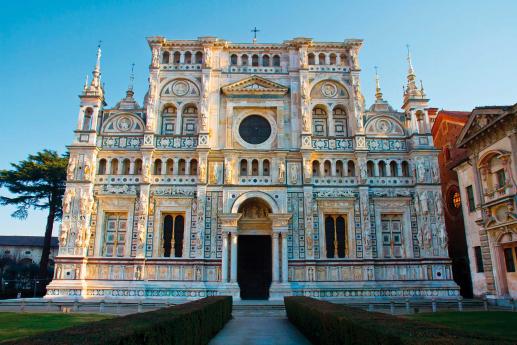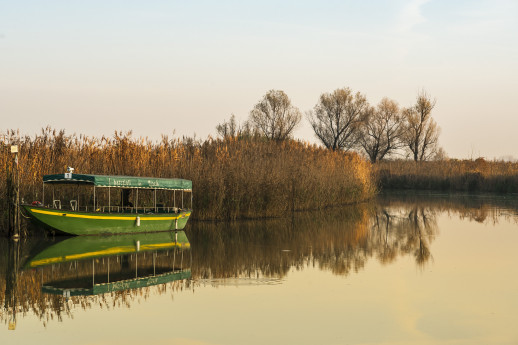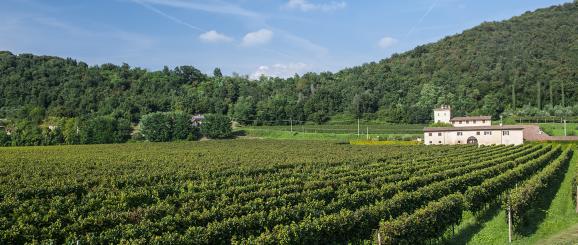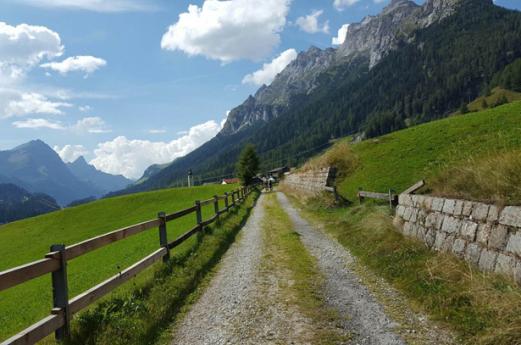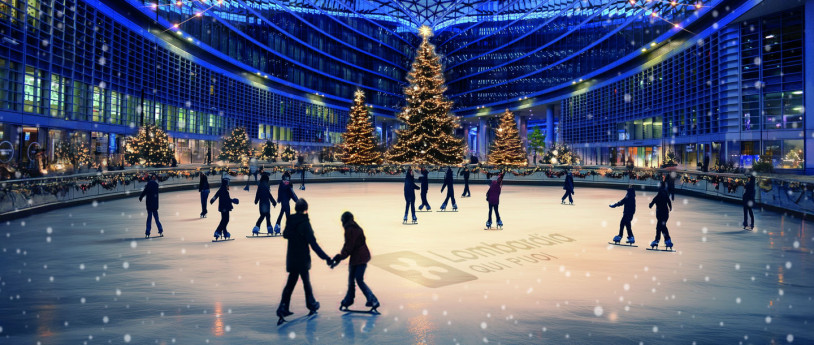- Religious Tourism
- Food & Wine
Dom Perignon and Franciacorta
The strange story of the most famous wine in the world
What do Dom Perignon and Franciacorta have in common? They're both tourism destinations – sure. The cleverer among you might point to the production processes. And with good reason: the two famous sparkling wines are both produced according to the classic method, also known as champenoise.
What you might not know is that at the heart of one of the most important chapters of the history of wine there is a Benedictine monk: Dom Perignon. In 1668, Perignon was living at the Abbey of St. Peter in Hautvillers, a town in the region of Champagne. One of his duties was to take care of the vines.
There are a number of legends linked to Dom Perignon. It is said that he discovered how to create bubbles in his wine almost by accident, when several bottles exploded after he had hermetically sealed them and left them to age in the cellar. Others argue that the development came about after Perignon had the idea of infusing the wine with flowers and sugar.
Whatever the real story is, we can all agree that the Dom Perignon is more than worthy of the recognition he has received over the years; his work led to great strides forward in wine production techniques, not least the idea of blending different varieties of grapes. Indeed, the blend of three different grape varieties from three areas of Champagne gave life to a complete and unique wine. And it is from this base that vignerons have worked from for centuries.
Franciacorta wine and indeed the entire region has always drawn inspiration from Champagne: from the production method itself to the simple deletion of the word "sparkling" from the label, in favour of the name of the area of production. Nonetheless, Franciacorta is very much its own wine – a unique product.
